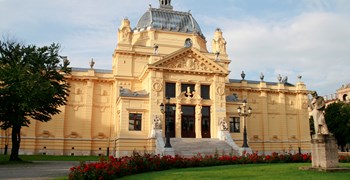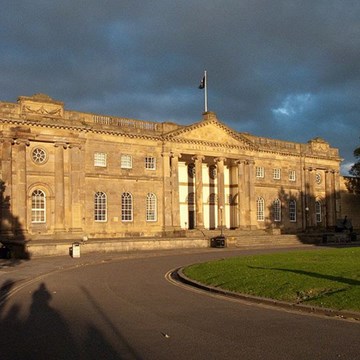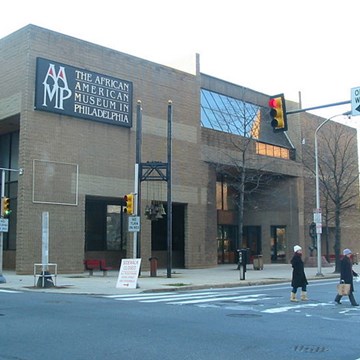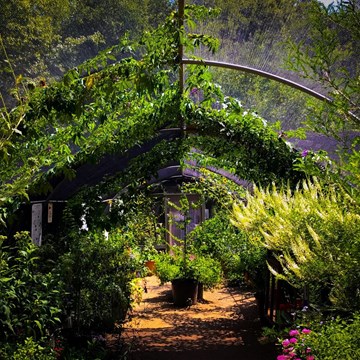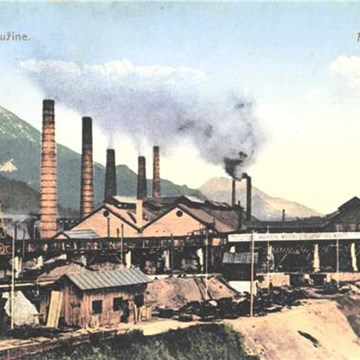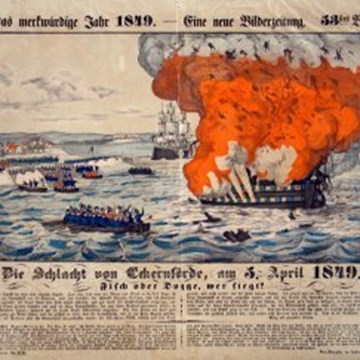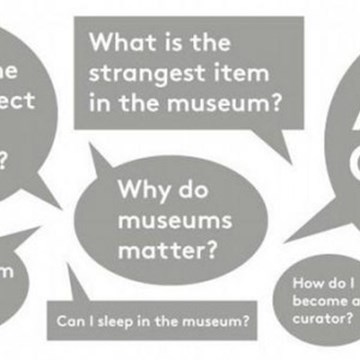ALEXANDER CALDER – The Magic of a Sculptural Movement
Alexander Calder (1898, Lawnton, Pennsylvania – 1976, New York) is one of the most important of 20th century artists on the world cultural scene.
Carrying on with the succeses of the series “Greatest Sculptors of the 20th Century”, started in the Art Pavilion in Zagreb in 2014 with the Joan Miró´s exhibition, continued in 2015 with the exhibition of the French sculptor Auguste Rodin and then with the exhibition of Swiss sculptor Alberto Giacometti, in the exhibition space of the Art Pavilion in 2019 we present works of the great American sculptor Alexander Calder.
Calder’s oeuvre focuses on kinetic art, that is, on the form of artistic expression in which movement is the main component of the aesthetic of the art object.
Calder came from a family of famous sculptors; his grandfather and father were both sculptors, and Calder got his first lessons from them. He continued his education through private lessons in painting, and later studied art in New York. However, he also enrolled in a mechanical engineering course (which later turned out to be of crucial importance in the innovation of mobile sculptures). As early as the twenties he was doing his first sculptures in wood, and in 1927 his first moving toys were created. In the late twenties he started making his first wire figures, which dominated the early period of his work. In the Paris of the early thirties, Calder got to know Mondrian, Miró, Arp and Duchamp. He joined the Abstraction-Création Group (1931-1936) and started working on his mobiles, sculptures that were set mechanically in motion. Soon appeared his static monumental abstract constructions that he called stabiles. Calder’s stabiles are a most important part of the history of kineticism and modern art, since they mark the breaking of the links between kineticism and works moved mechanically.
The exhibition in the Art Pavilion is focusing on the part of the sculptor’s career that he dedicated to stabiles and mobiles: to mobiles, carefully balanced constructions that move partially or completely under the influence of the movement of the air, and the abstract constructions called stabiles. In the Art Pavilion are on display those works from the mature Calder´s phase, as it is called, those that give him his global reputation. It is important to point out that Calder’s mobiles and stabiles were prize winners at the Venice Biennale in 1952, and today can be seen not only in the best known world and European museums, but also in public spaces throughout the world.
As well as his sculptures, the exhibition comprehends the painting part of the sculptor’s oeuvre, which is most often closely connected with the three-dimensional part of the work. Twentythree paintings are exhibited.
The exhibition in the Art Pavilion in Zagreb is the first in Croatia and in this part of Europe to present the oeuvre of this globally significant sculptor.
For the exhibition in the Art Pavilion, pictures and sculptures of Alexander Calder are on loan from the most important European museums, such as: the Pompidou Centre (Paris, France); the Tate Modern (London, UK); the Ludwig Museum (Cologne, Germany); the Louisiana Museum (Denmark); the Maeght Foundation (France) and the Peggy Guggenheim Collection (Venice, Italy).
The exhibition is created, the works are selected and the set up is designed by the director of the Art Pavilion – Jasminka Poklečki Stošić.
Exhibitions and events
We don't have anything to show you here.
Activities from this museum
We don't have anything to show you here.
